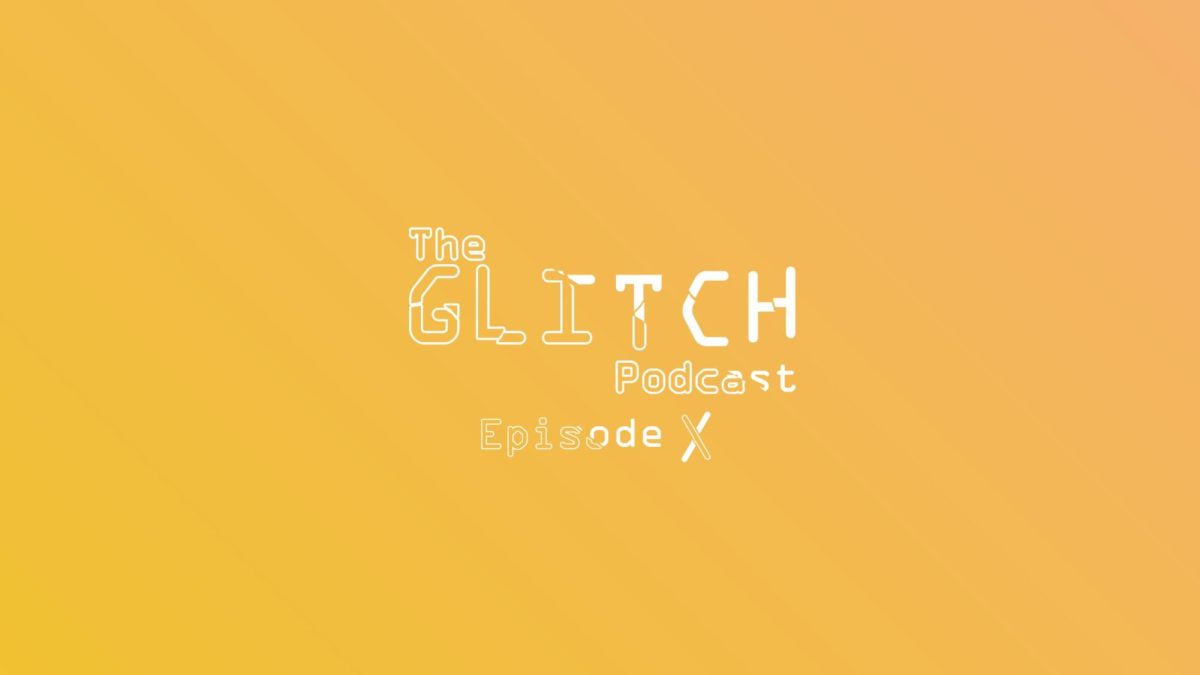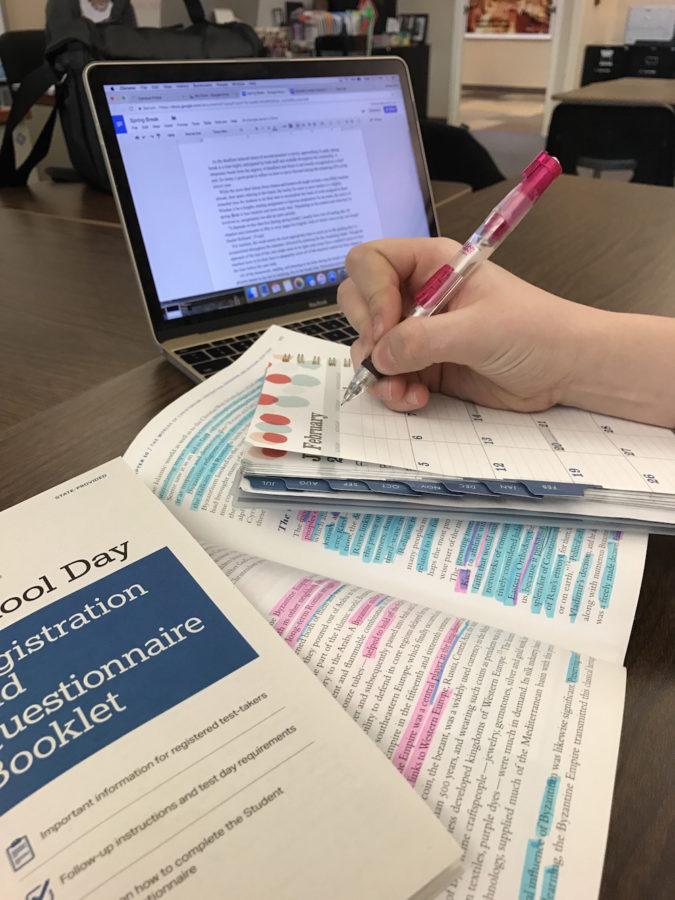Spring Break or Study Break?
media by Sophie Martinez
March 15, 2017
As the deadline-induced stress of second semester is slowly approaching its peak, spring break is a time highly anticipated by both staff and students throughout the community. A temporary break from the urgency of deadlines and finals is universally recognized as a relief and, for many, a good point to reflect on how to move forward during the remaining 25% of the school year.
While the most ideal hiatus from classes and homework might include a sun-filled vacation abroad, time spent relaxing at the beach, the reality for most is more similar to a slightly extended time for students to do their best to accomplish the loads of work assigned to them. Whether it be a lengthy reading assignment or rigorous preparation for an exam, the reality of spring break is less vacation and more study time. Depending on the student and what they’re involved in, assignments can add up quite quickly.
“It depends on the class but [during spring break] I usually have lots of reading like AP chapters and notecards or fifty to sixty pages for English, both of which I have to do over break,” Zander Robinett ‘19 said.
For teachers, the week seems the most appropriate time to catch up on the grading they’ve accumulated throughout the semester, followed by planning for the remaining weeks. Though the approach of the end of the year might seem to be light years away from a student’s point of view, teachers have to do their best to adequately cover all of the required content for their classes in the time before the year ends.
All of the homework, reading, and planning to be done during the break is important, but priority seems to lay not in studying, but in the break time. Relaxation and rejuvenation is required to finish out the year with a strong work ethic and determination.

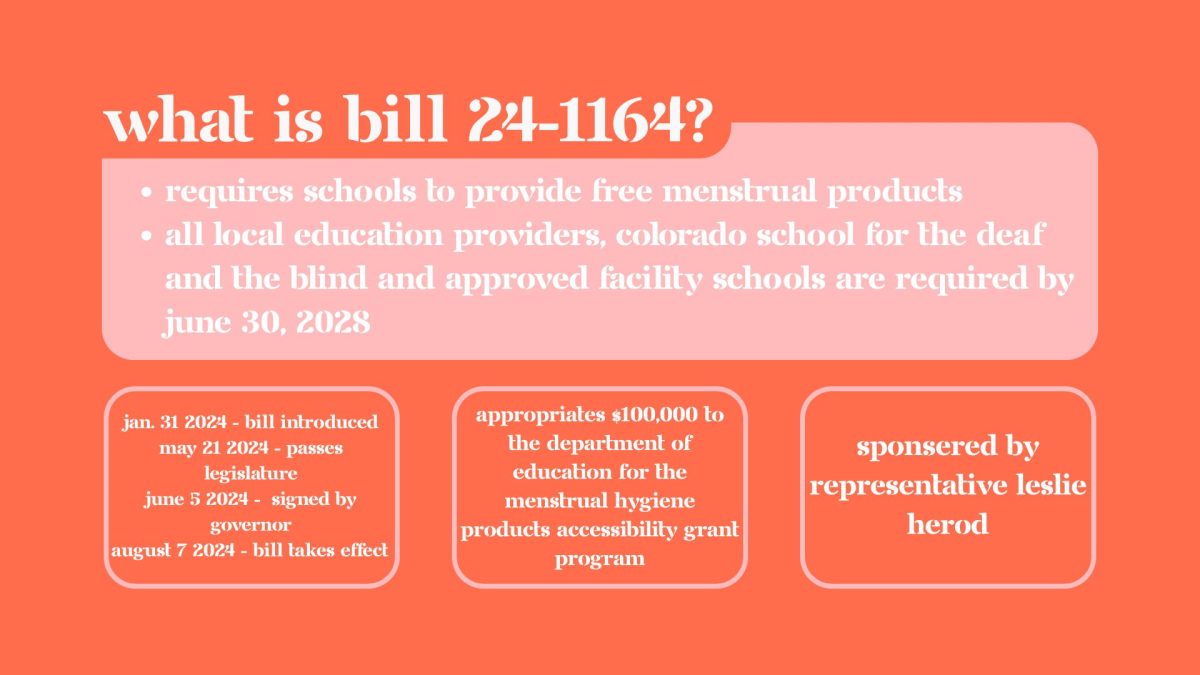

![Minutes before the Activities Fair in the gym, president Abhi Gowda ‘26 prepares the stall for his club Helping Hands, Sept. 4. A relatively new club, Helping Hands was co-started by Gowda and focuses on assisting the homeless, and just last year they succeeded in raising a couple hundred donations to send to shelters. This year, they have goals to expand, with hopes to increase volunteer opportunities and take in-person trips to shelters, as well as extend their help beyond just homeless people. “The Activities Fair gives a lot of underclassmen the opportunity to really get to know the Canyon culture, and it gives them many opportunities for service and volunteering,” Gowda said. “[Through the Activities Fair,] I hope to find a bunch of new and passionate members about our club and just get our name out there and spread awareness to the cause that we’re fighting for.”](https://rockmediaonline.org/wp-content/uploads/2025/09/1-2-1200x885.jpg)


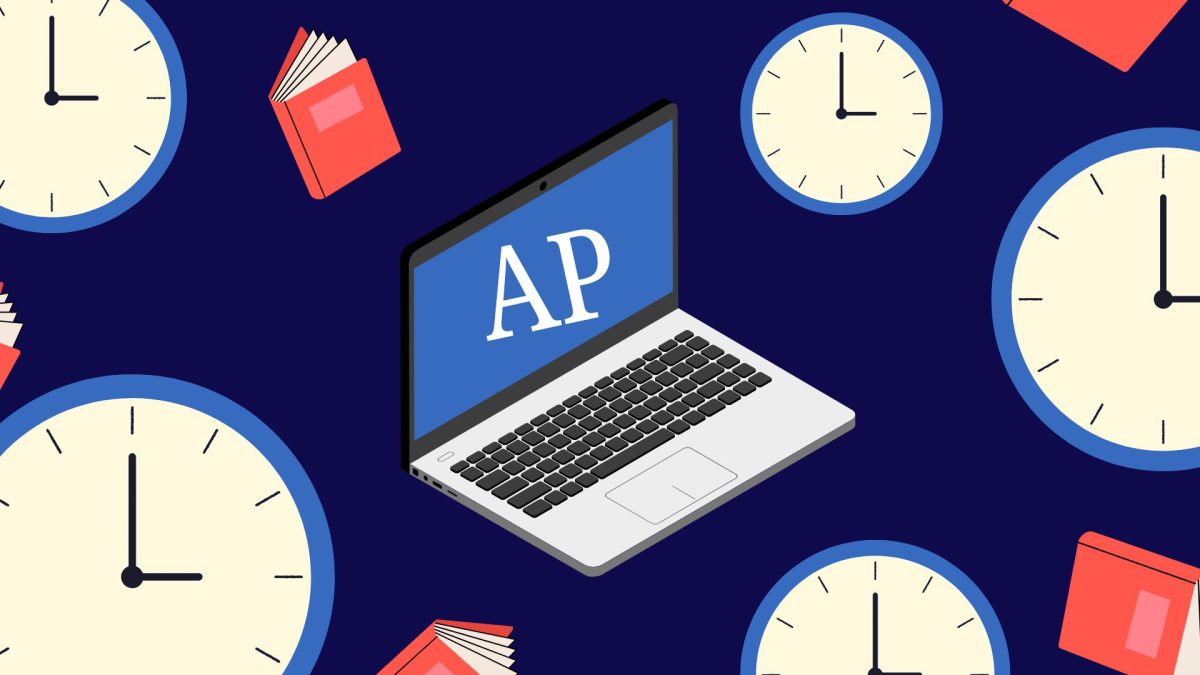




![The winter guard team makes fifth place at the state championship finals in the Denver Coliseum, March 30. The team performed to Barnes Country's “Glitter and Gold,” lead by coaches Margo Sanford, Blair Bickerton and Anna Orgren. In their class there were a total of nine groups participating, and the top five who made it to finals received a plaque. “[Walking onto the stage] is very nerve-wracking, but also very exciting as well. When you first start color guard there's a lot of anxiety and uncertainty when you first perform in front of an audience, but once you've done it for a while, it starts to become the best part of the season,” Ella West ‘25 said. “It's very fulfilling to see an audience react to something you've put your heart and soul into.”](https://rockmediaonline.org/wp-content/uploads/2025/04/Both-socal-media-nd-website-main-1-1200x846.jpg)
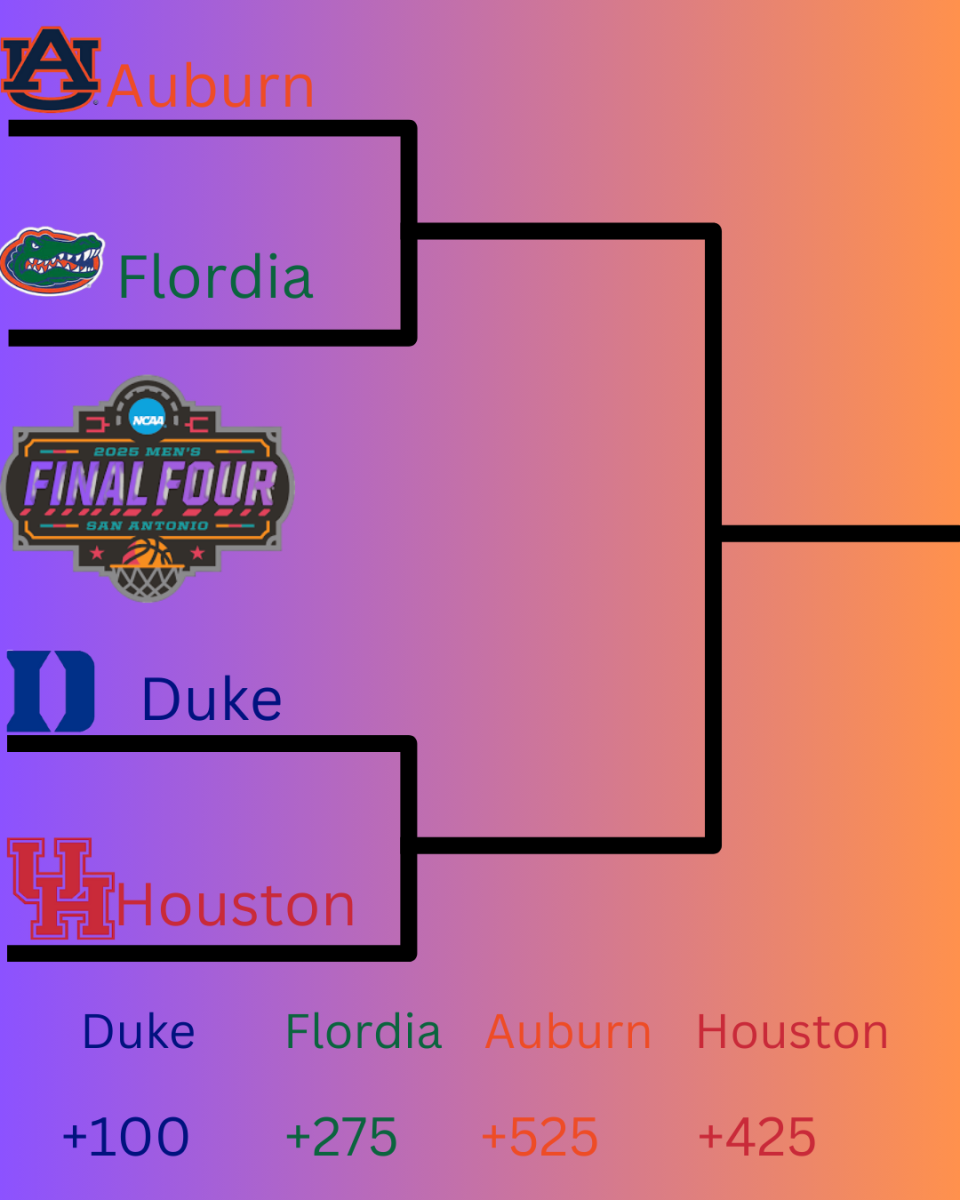

![April marks the 25th anniversary of Sexual Assault Awareness Month, created by the National Sexual Violence Resource Center (NSVRC). This month is to spread awareness of the harassment, assault and abuse that happens around the world. The symbol that represented the month was a teal ribbon; however, some survivors of assault create different symbols and movements like the TikTok trend in 2022, where survivors would tattoo Medusa on their body, in honor of her backstory in Greek Mythology. “I don't think [this month is known] at all. I rarely see anybody talk about it. I rarely see much of an emphasis on posting it online, or much discussion about it, and I feel like there needs to be way more discussion,” an anonymous source said. “I think just validating every experience that a person has gone through, regardless of the degree of it, the severity, is an essential step into making sure that people are aware that this is a very real problem in a society and that we need to do better in addressing it.”](https://rockmediaonline.org/wp-content/uploads/2025/04/IMG_0011-1200x900.jpg)






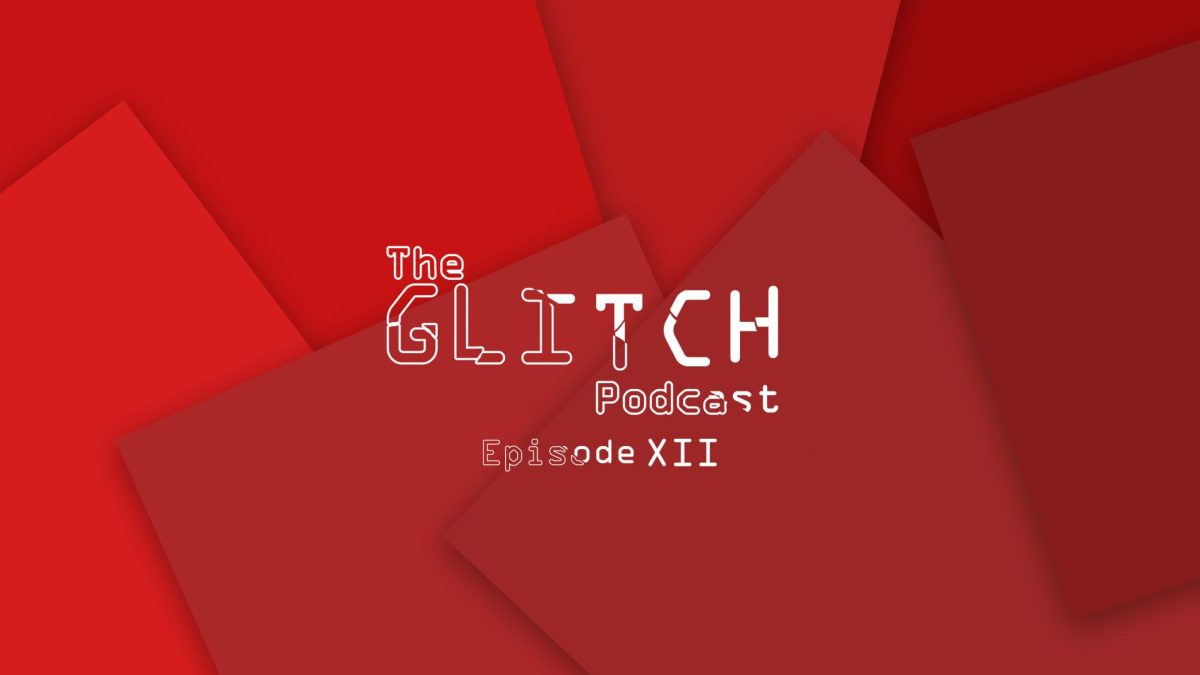
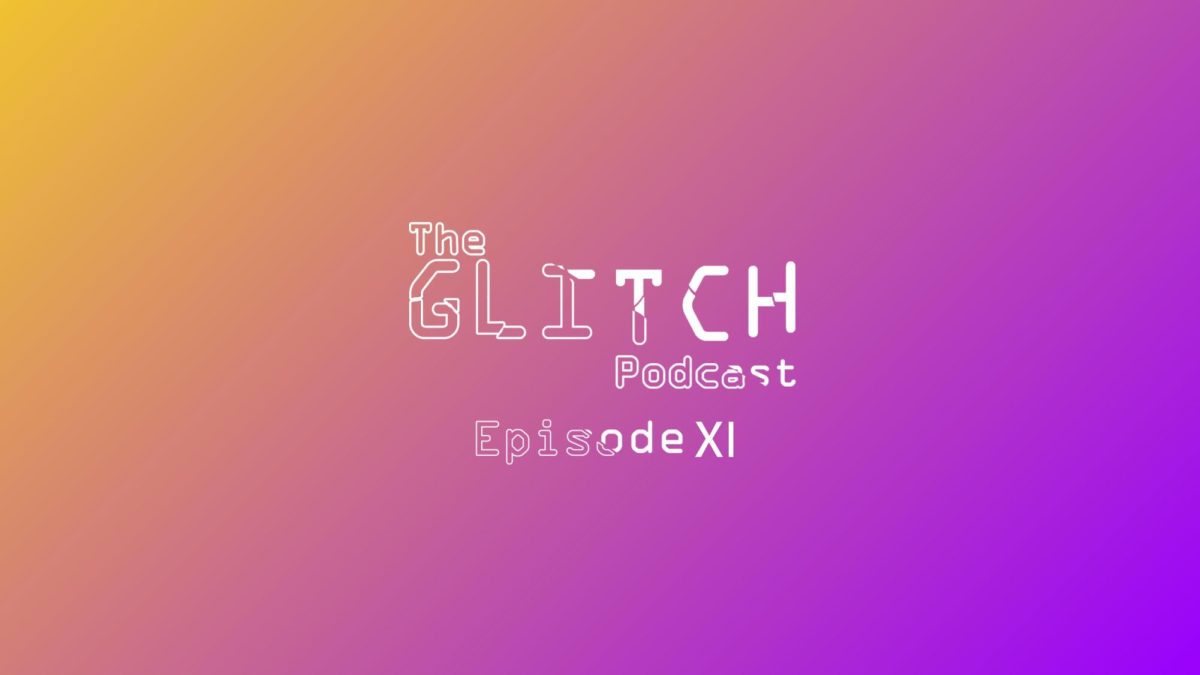





![Lesbian Visibility Day is April 26, and it’s a holiday to celebrate the lesbian community of the world. Lesbian Visibility day was established in 2008 by many queer activists and organizations who sought to raise more awareness for lesbian history and culture. “So this is why during Lesbian Visibility [Day] we celebrate and center all lesbians, both cis and trans, while also showing solidarity with all LGBTQ+ women and nonbinary people,” Linda Reily, in an article written by her, said.](https://rockmediaonline.org/wp-content/uploads/2025/04/Lesbian-Visibility-day.jpeg)



